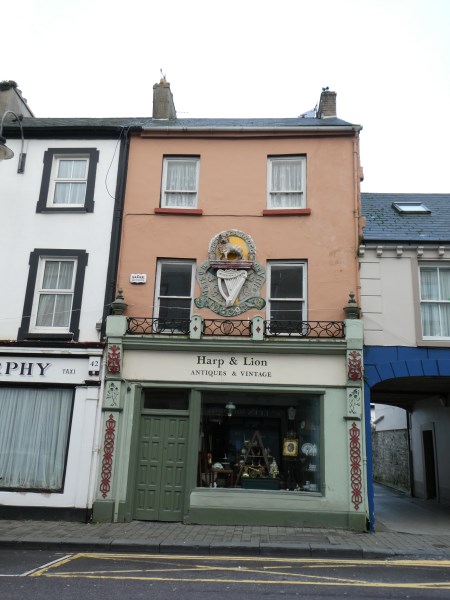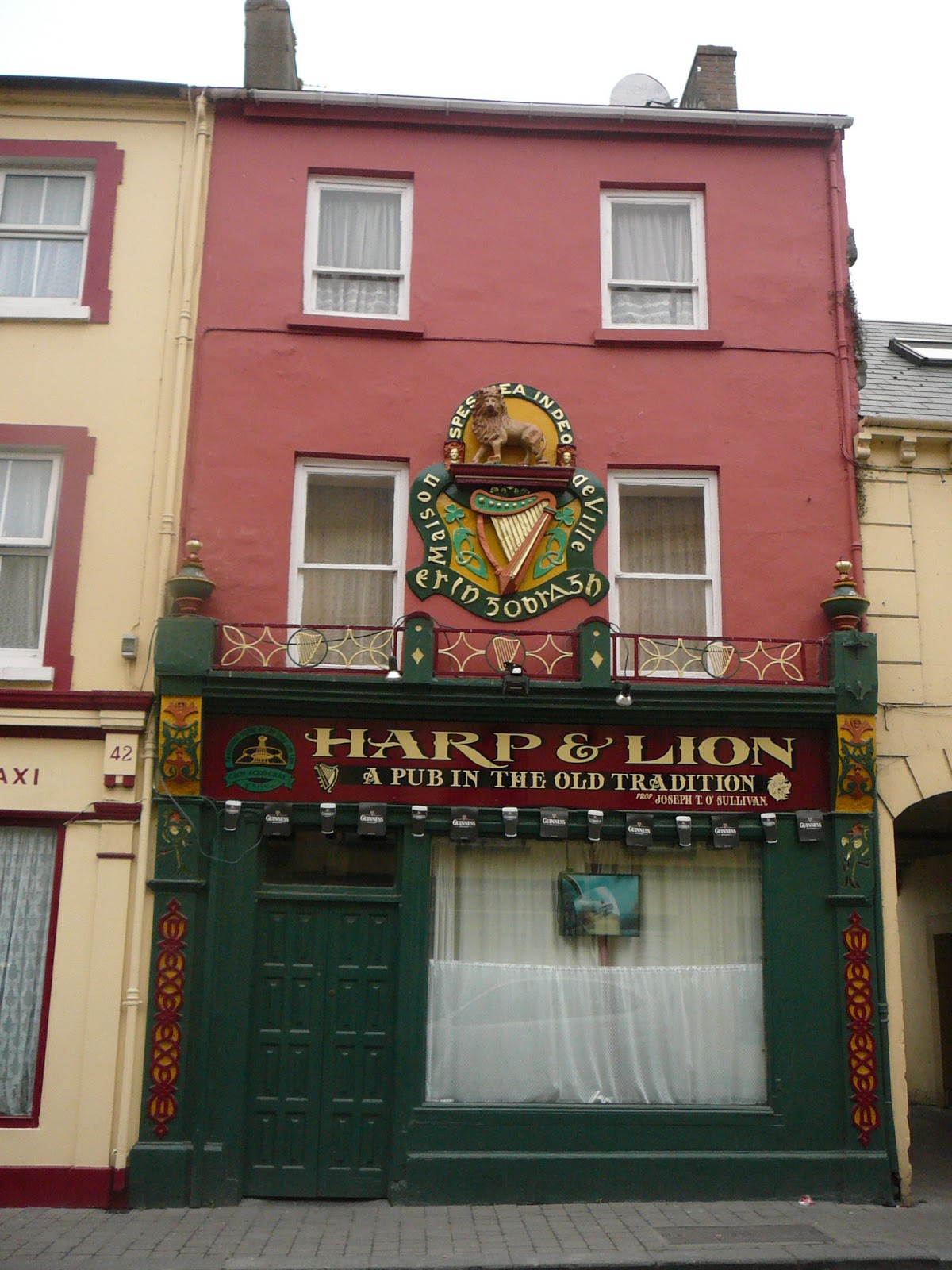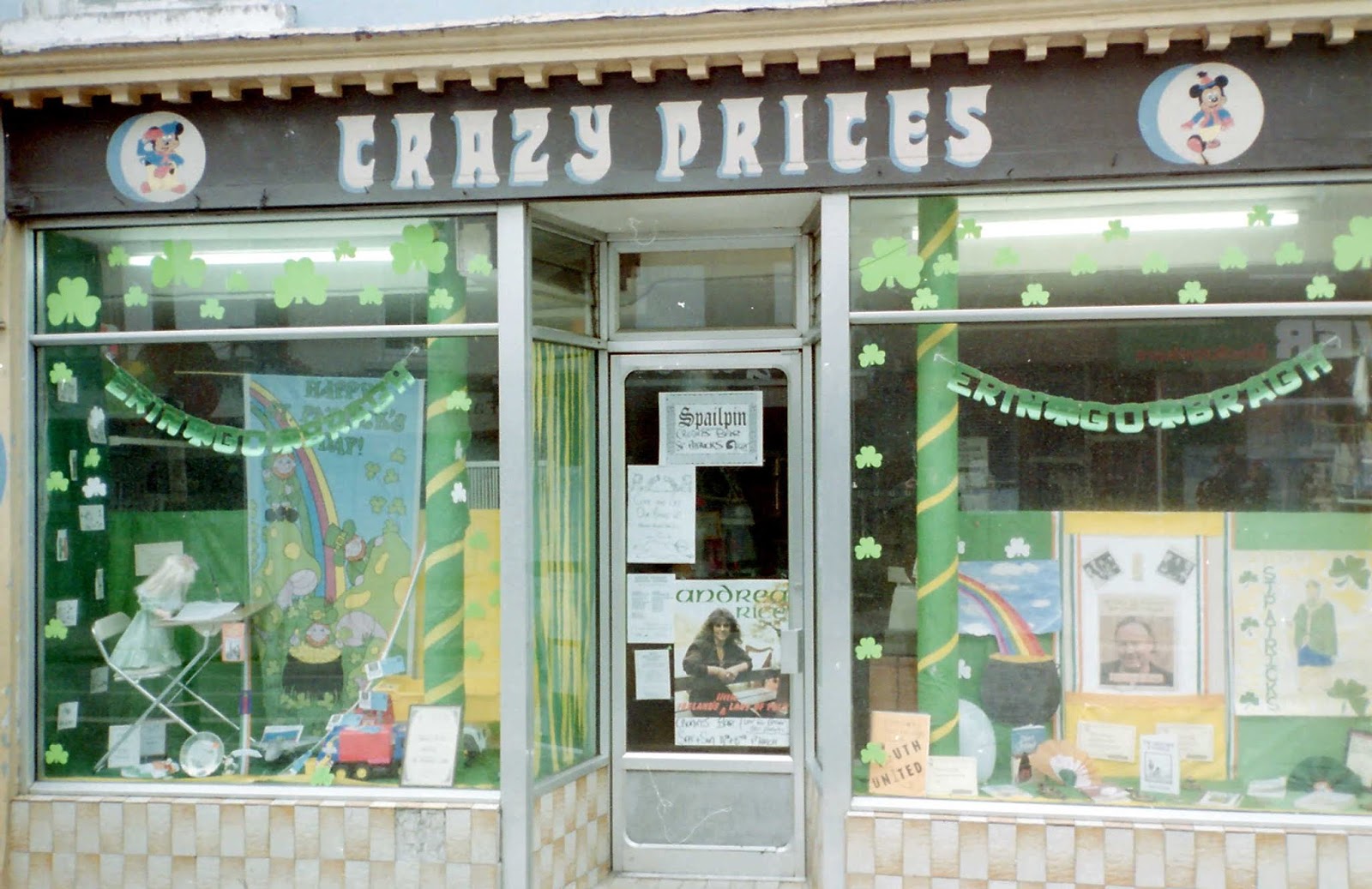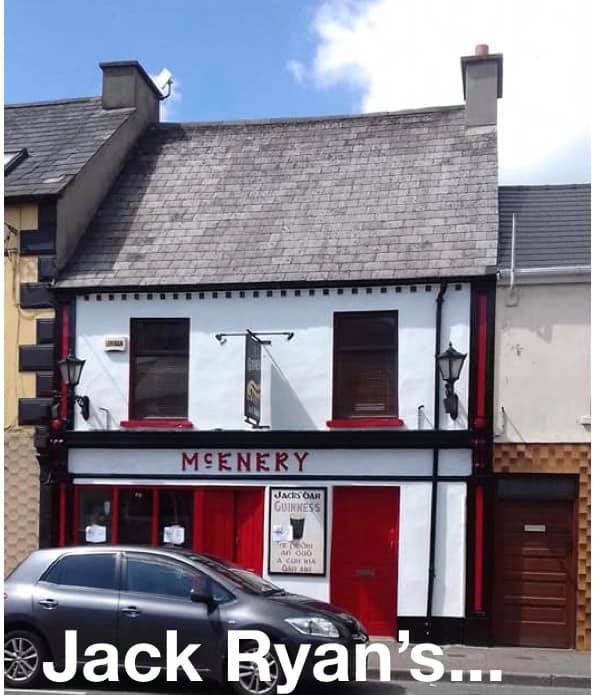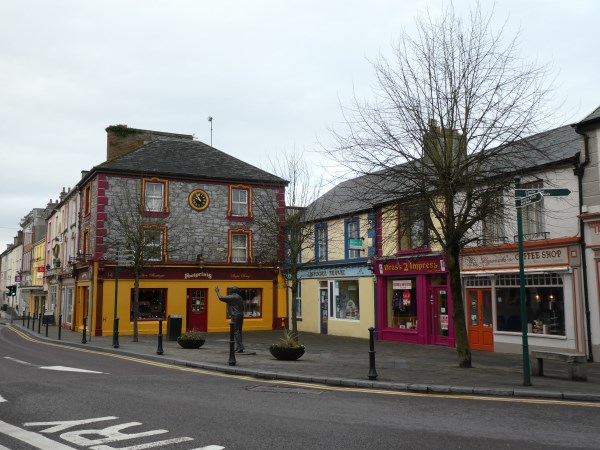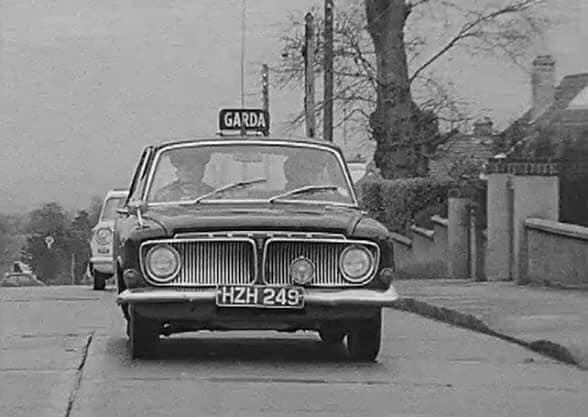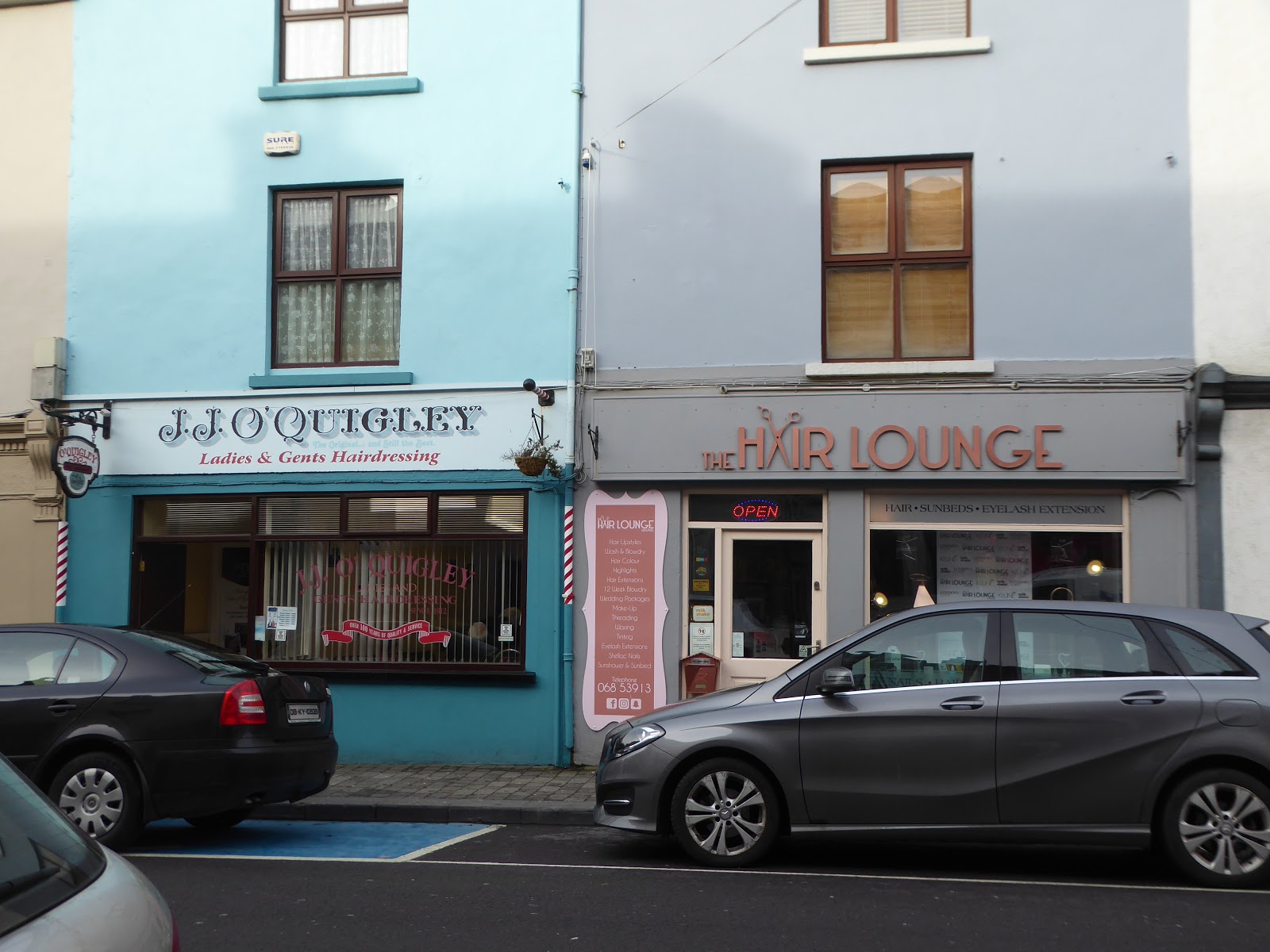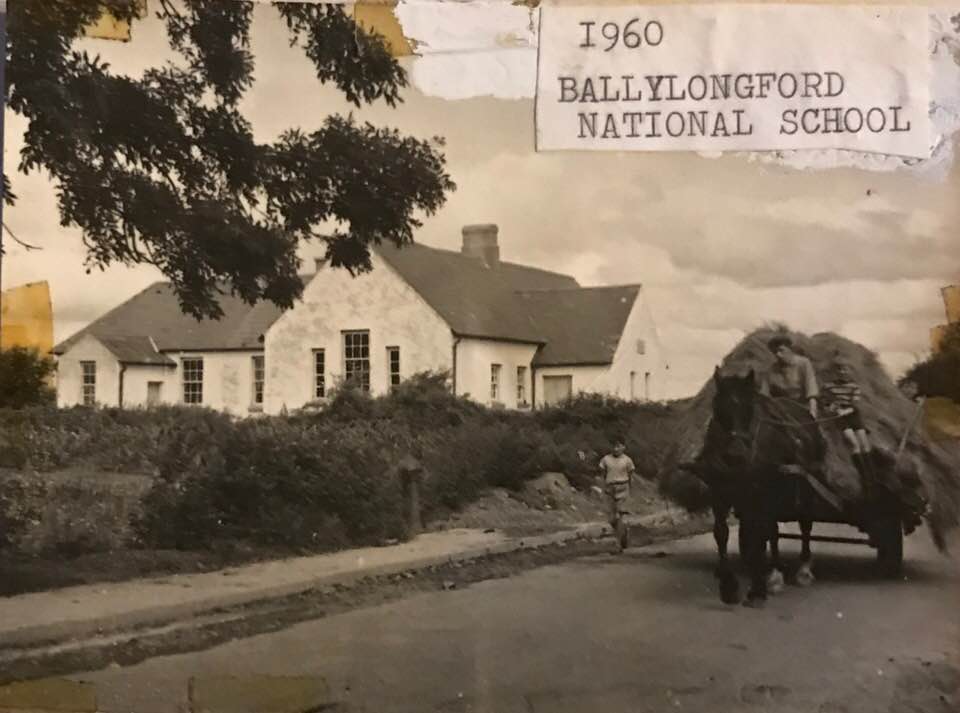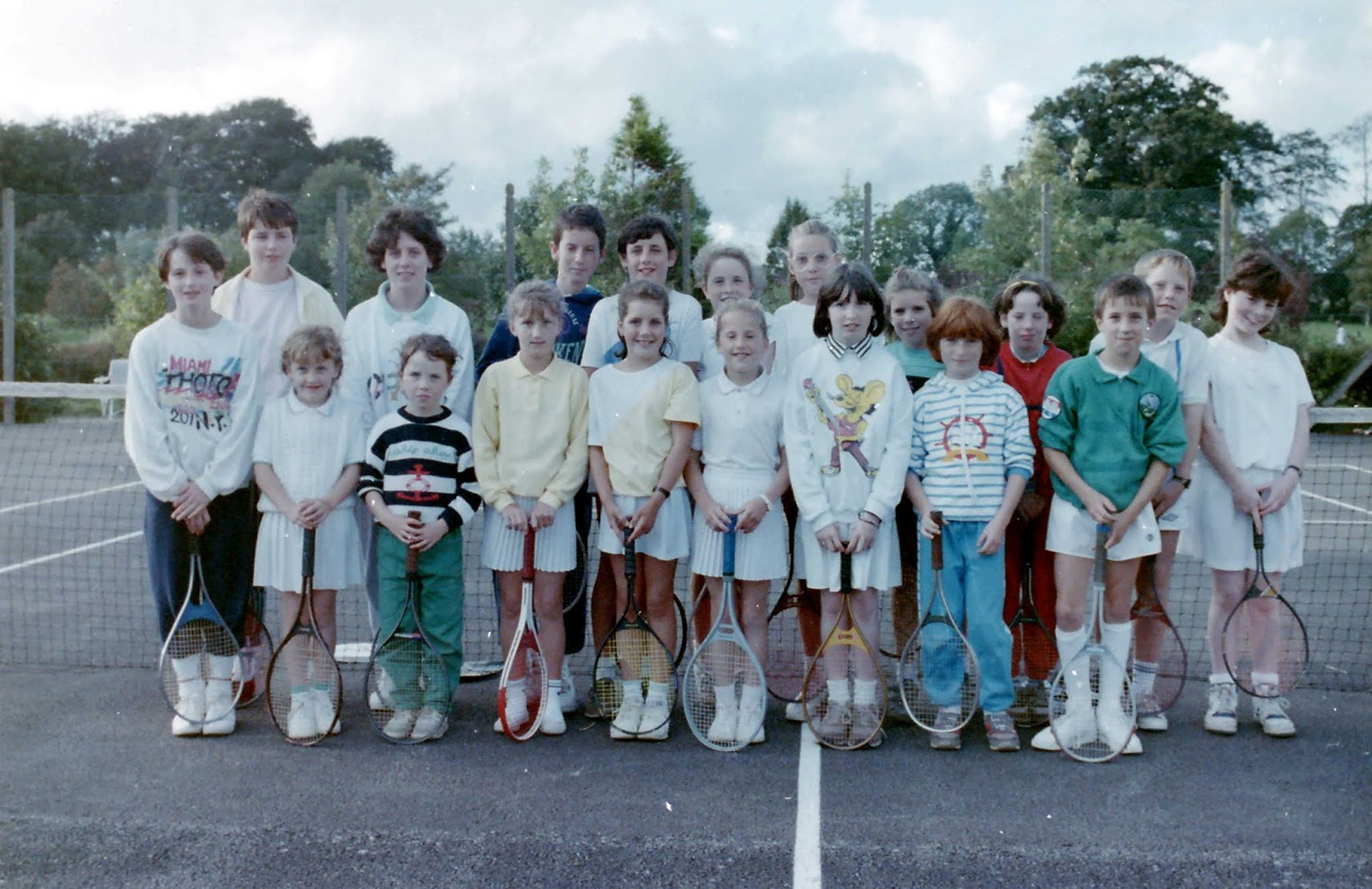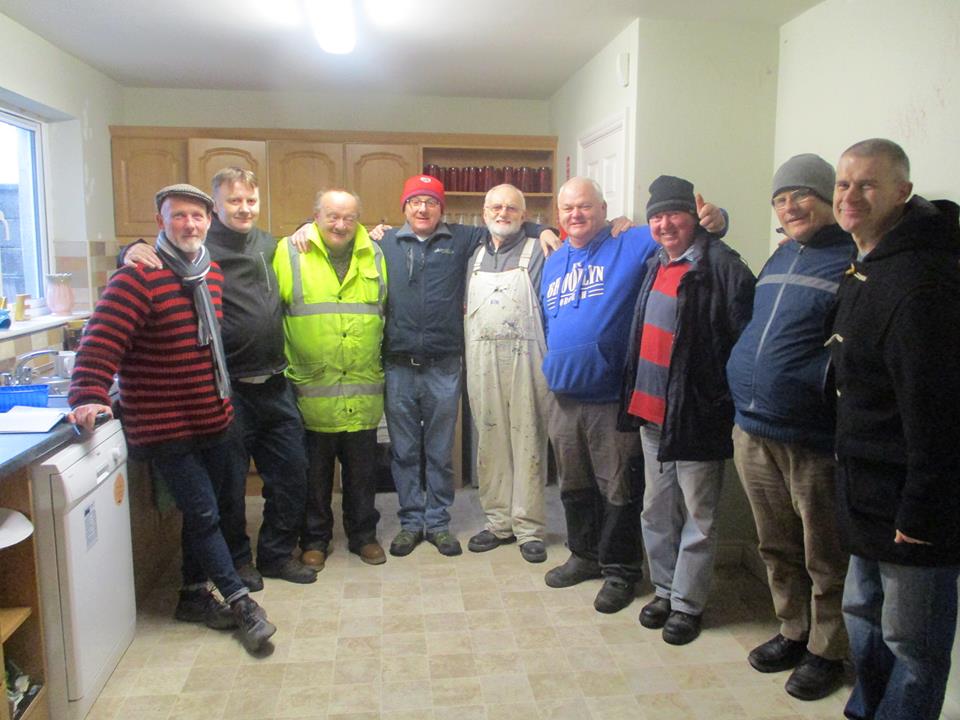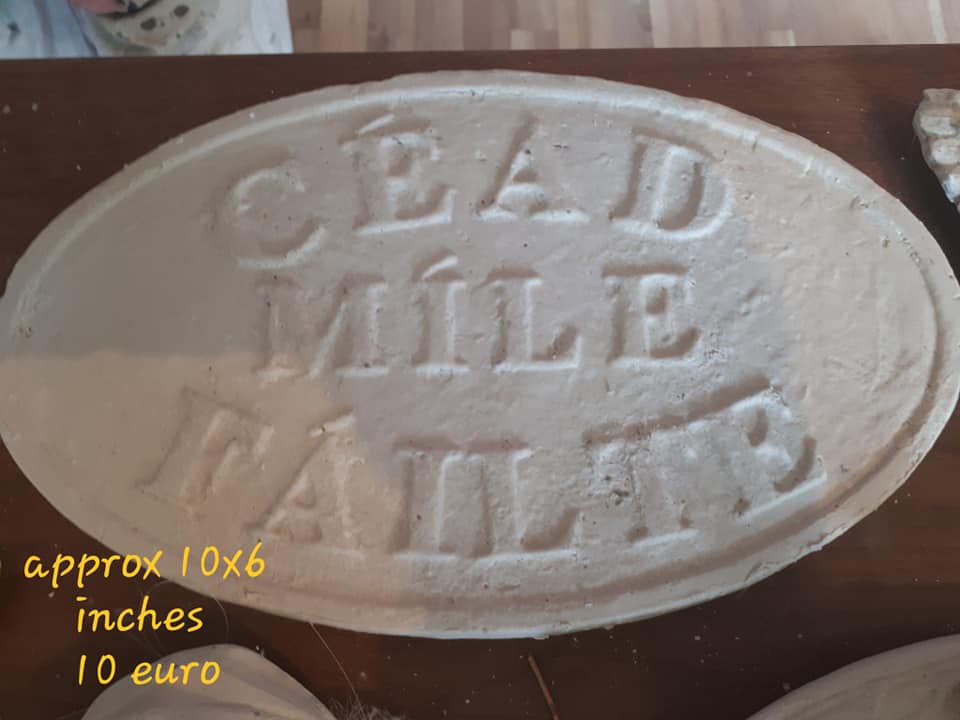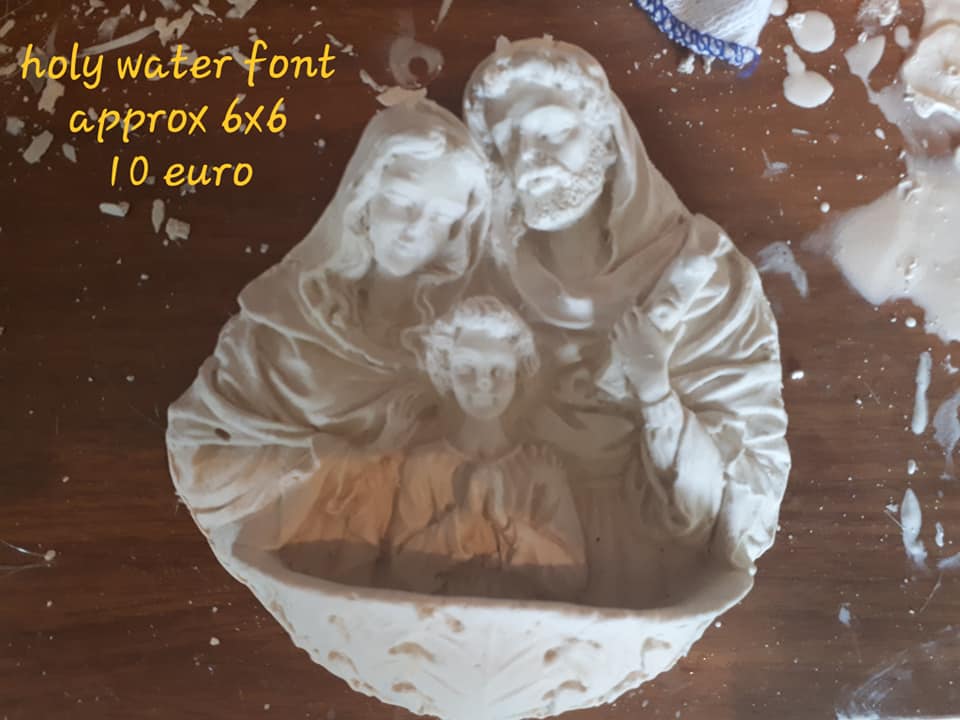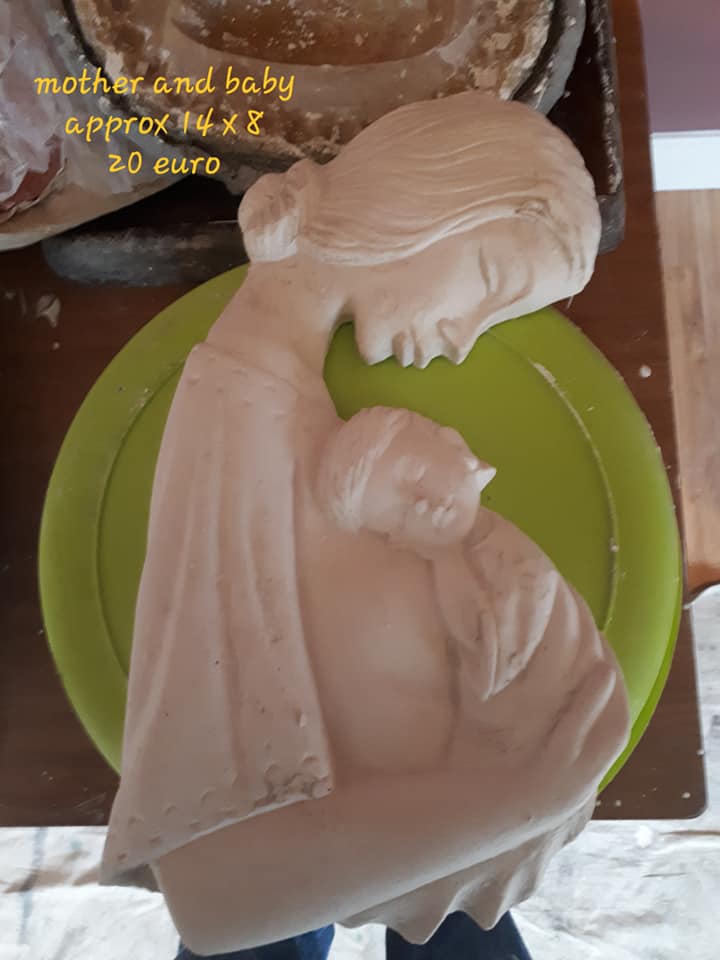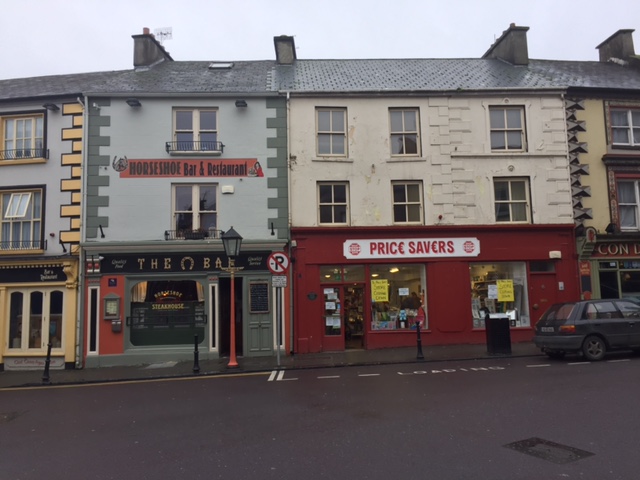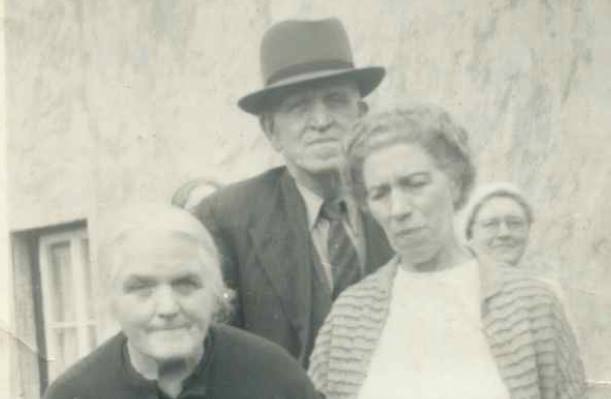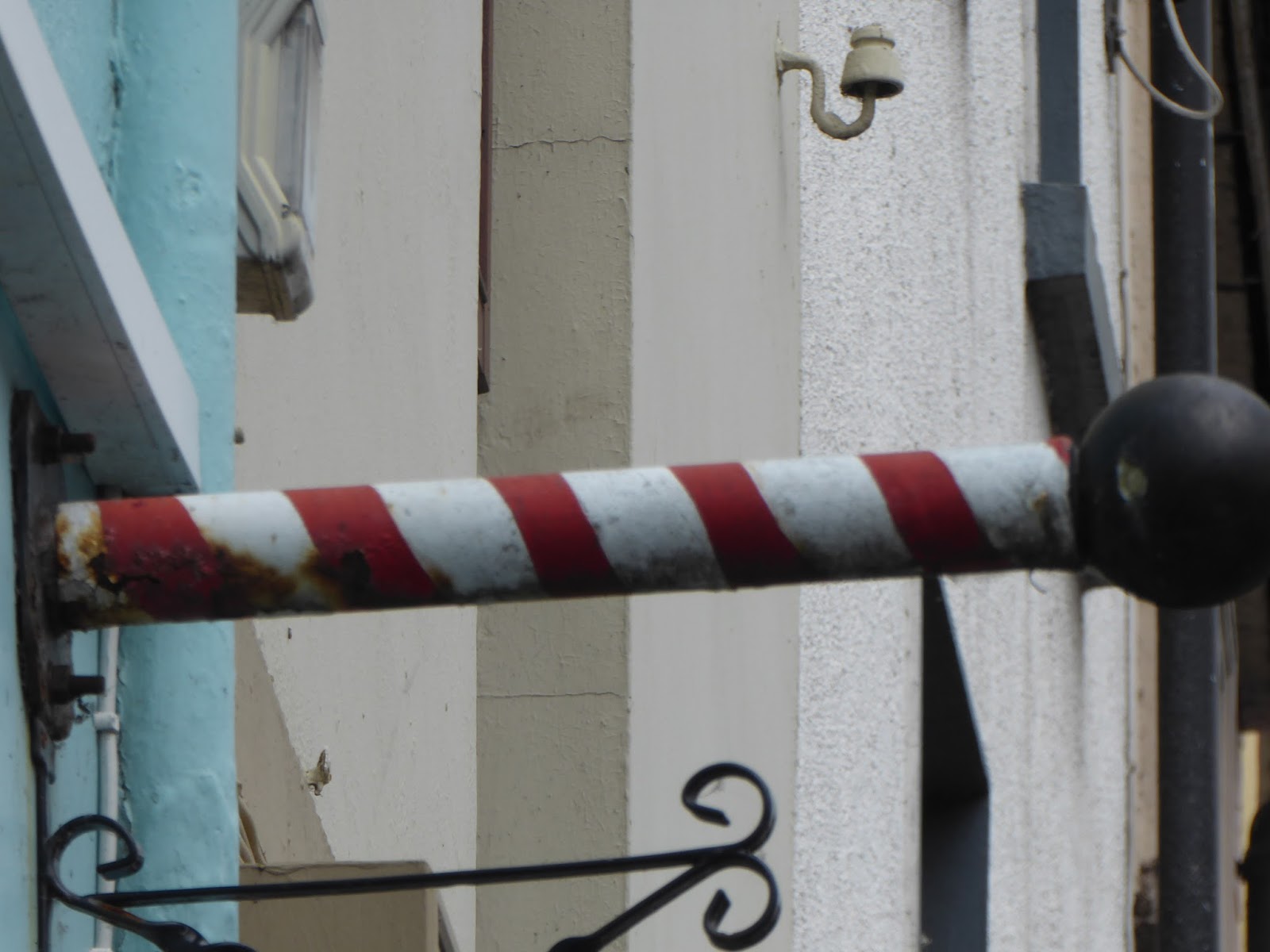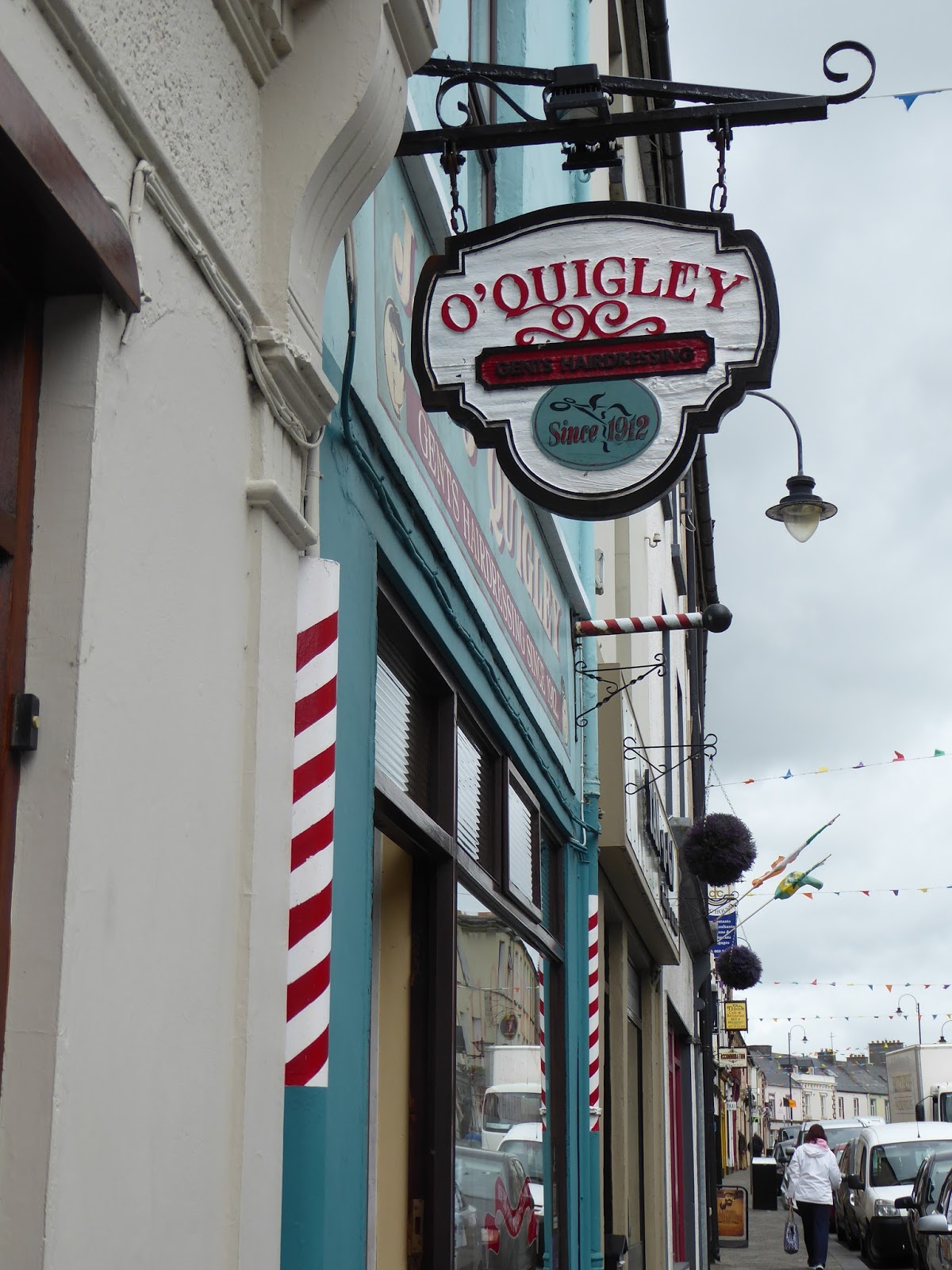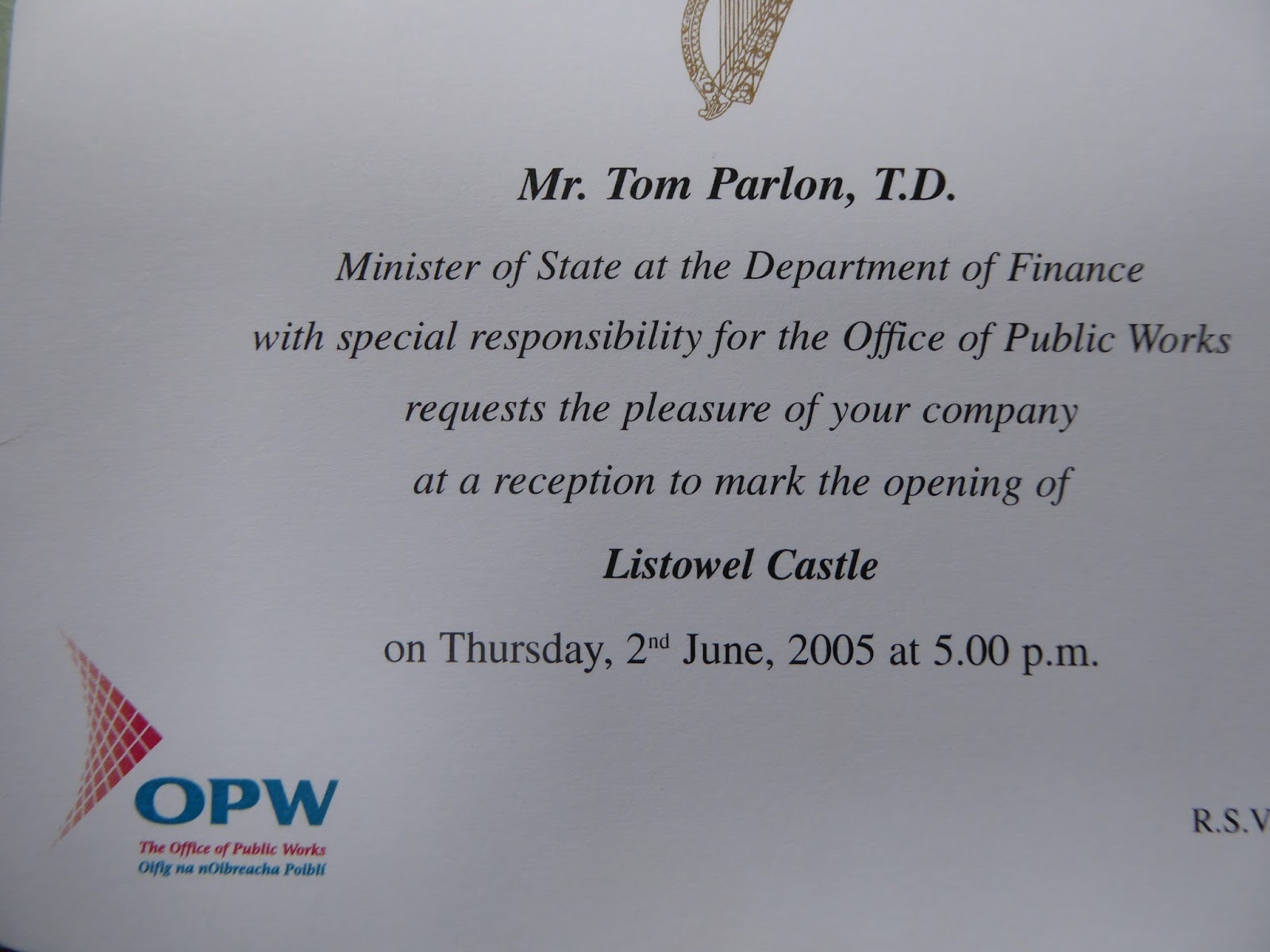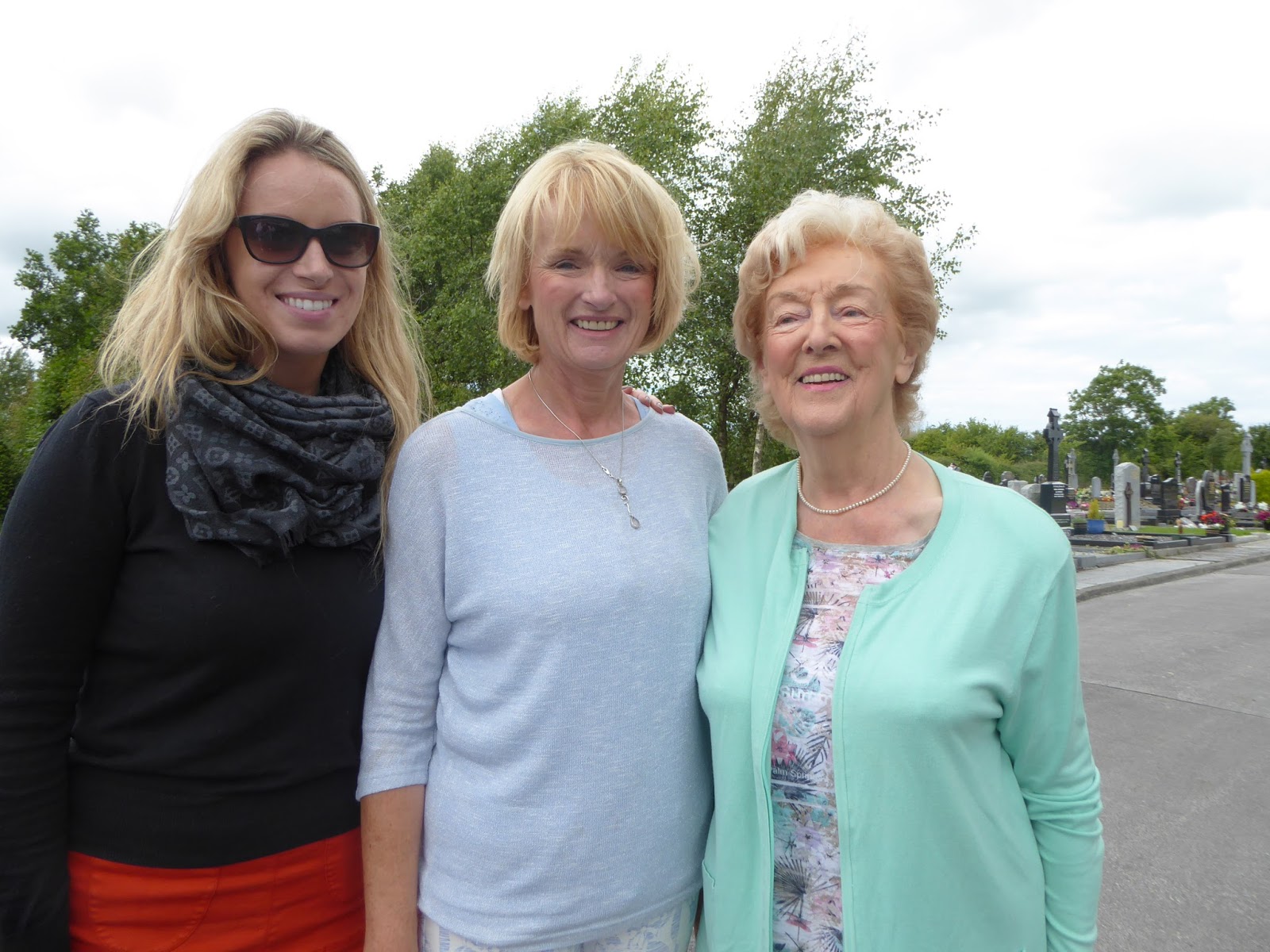Milk and Piseoga

My reminiscences of milking brought back many memories (not all happy) for people.
Traditionally Irish people got much of their nourishment from dairy products, so milk, butter, eggs and cheese were staples in their diet. Farmers realised the importance of protecting these goods from thieves, both human and of the fairy kind.
Below is an extract from The Farmer: Irish Folk Custom and Belief
(Nósanna agus Piseoga na nGael) by Seán Ó Súilleabháin
This was sent to me by a kind blog follower. He found it on Ireland.net
“… Almost all of the customs and beliefs in this field were
concerned with the physical welfare of the cows and the warding off of diseases
and other evils which might affect them harmfully. The cow-house or byre was
built on a site which would not prevent the passage of fairies or encroach on
their territory (mainly, the “fairy fort”). Crosses made of straw and other
materials on St. Brigid’s Eve were hung in the cow-house or fixed to the doors
and windows. It was hoped to protect the cows themselves by tying red ribbons
to their tails or around their necks ; rings made of rowan were similarly
applied for the same purpose. Cattle were driven across the dying flames of
bonfires on May Eve and St. John’s Eve, or between two of these fires. So too
they were forced to swim in a lake or river at certain times to avert illness
and bad luck.
Holy water was, of course, often sprinkled on livestock and
scores of charms (apocryphal folk-prayers) were recited to avert or cure the
many diseases from which they might suffer whether through natural causes or,
as the folk often suspected through the evil eye of an unfriendly neighbour.
The fairies too were blamed for causing animals to be “elf-shot”. This was due
to the fact that ailing cows, with pierced hides might be found grazing near a
place where small stone arrow-heads from ancient times were often found lying
about; the fairies were immediately blamed for having cast these weapons at the
cows in an attempt to take them off into fairyland. One of the many remedies
for “elf-shot” was to give the stricken animal a drink of water in which the
“fairy arrows” had been boiled.
As soon as a cow had calved, she was ceremoniously blessed with
holy water, while the following prayer was recited three times:
“Go mbeannaí Dia dhuit, a bhó!
Go mbeannaíthear faoi
dhó do do laogh!
Go mbeannaí an triúr atá i bhflaitheas Dé,
Mar
atá : An t-Athair agus an Mac agus an Spiorad Naomh!
Tar, a Mhuire, agus
suidh;
tar, a Bhríd, agus bligh;
Tar, a Naomh Mícheál Ard-aingeal, agus
beannaigh an mart.
In ainm an Athar ages an Mhic ague an Spiorad Naofa,
Amen, a Dhia.”
(God’s blessing on thee, O cow!
twice blest be thee, O calf!
May
the Three who are in Heaven bless you:
the Father and the Son and the Holy
Spirit!
Come, Mary, and sit; come, Brigid, and start milking;
come,
Blessed Michael, the Archangel, and bless the beef
In the name of the Father
and of the Son and of the Holy Spirit. Amen, O God.)
Although it was commonly accepted that the fairies who lived in
the forts might need milk and take it from cows on the farm, this was not
resented, as people wished to live in amity with their otherworld neighbours.
Precautionary measures were directed more against evil-minded neighbours, who
were liable to endeavour to steal one’s milk or butter “profit” (‘sochar an
bhainne’) by magic means. Newly-calved cows stood in need of special
protection, as their supply of milk was assured. Crushed flowers, such as marsh
marigold, were rubbed to their udders, which were also singed with the flame of
a blessed candle. The first steam of milk drawn from such a cow was allowed to
fall on the ground ”for those who might need it” (the fairies, presumably), and
then a cross was marked on the cow shank with some of her milk.
A charred sod of turf from the Midsummer bonfire was placed in
the milk-house as protection. The greatest care was taken not to lose one’s
milk-luck through negligence, as witness the following traditional taboos :
don’t give away any milk on New Year’s Day, on May Day, on any Monday or on a
Friday; don’t lend a milk-vessel; don’t take to fetch water from the well a vessel
which is milk-stained; when such a vessel has been washed, do not throw the
cleansing water into a river or stream ; don’t give milk to a neighbour unless
salt has been put into it; don’t allow milk out of the house, if anybody is ill
there.
It was a traditional custom never to drink milk on Good Friday;
even the baby in the cradle, it is said had to cry three times on that day
before milk was fed to it.
Farmers were constantly afraid in days gone by that their milk
and butter “profit” could be stolen from them by evil minded hags, who either
bailed a neighbour’s well or dragged a cloth over the dew of his fields on May
Morn saying “Come all to me!” People sat up all night on May Eve to guard their
wells and fields against such spells. It was believed in Ireland, as well as in
many other countries that such human hags had the power of changing themselves
into hares and sucking the milk from the udders of cows. These hares could be
shot, so it was thought, only with a “silver bullet” (a pellet made from a
florin which had a cross-device on one face).
In the old days, there were no creameries in rural areas and
farmers churned their milk at home. The churn was deemed to be especially
vulnerable to those who were thought to be disposed to steal the butter
“profit”. Every effort was therefore made to guard it against such enemies: a
live cinder was placed under the churn (many churns had charred bottoms in
olden times), as well as an ass or horseshoe; in other districts, nails of iron
would be driven into the timber of the churn to protect it, or else a withy of
rowan-tree was bound around it. The tongs were kept in the fire during the
period of churning, and water or fire-ashes were not allowed out of the house
until the operation had ended. So too, the fire was guarded: if anybody came to
a house while churning was in progress and tried (by “reddening” his pipe or
otherwise) to take live fire out of the house, he was prevented from doing
so, and forced to take a “brash” (hand) at the churning before leaving-thus the
churn and its butter were kept intact from harm.
<<<<<<<<<
Does anyone in Lisytowel Remember Aileen Hayes?
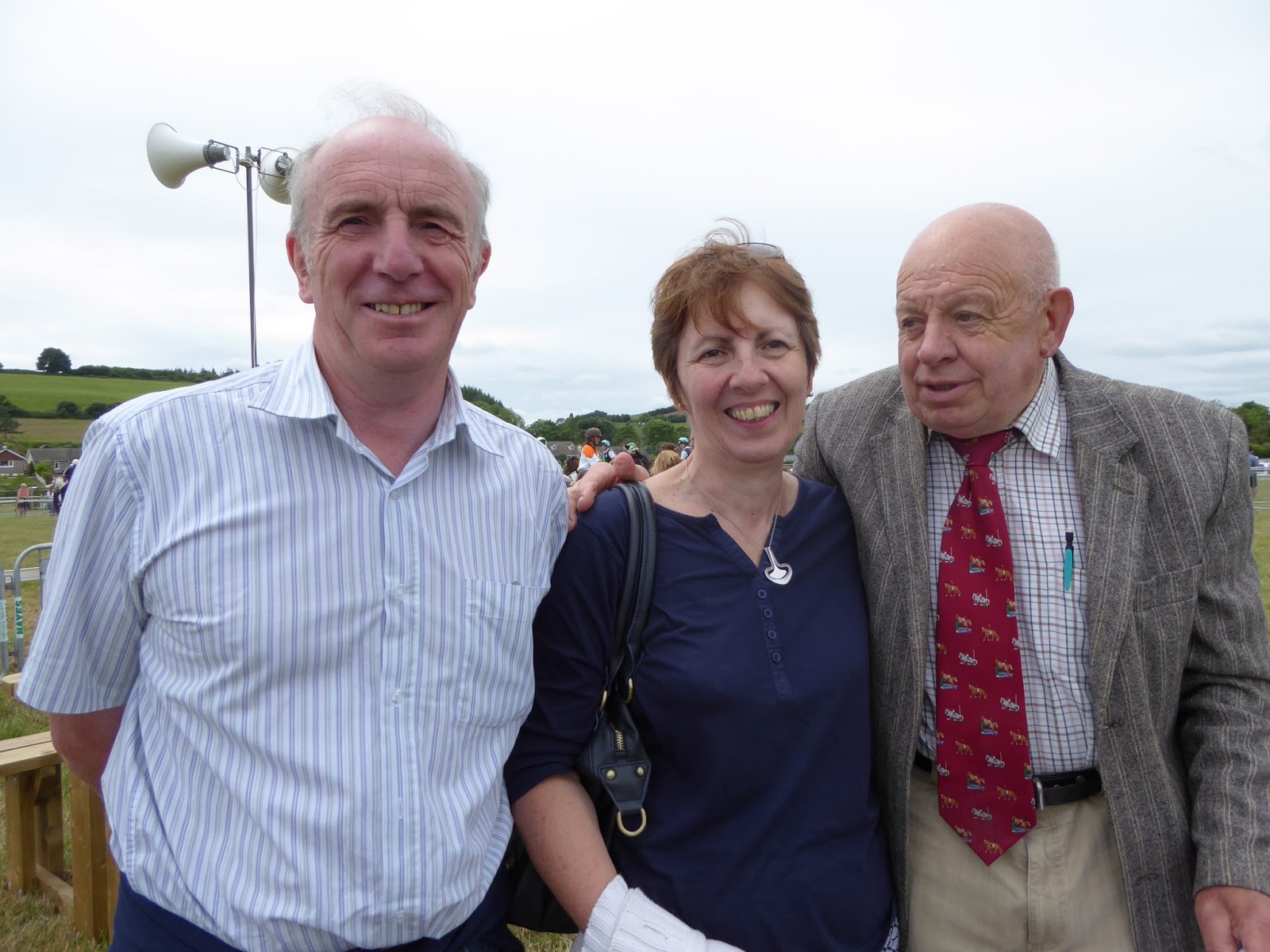
I met her at the Cork Summer show with her husband, Charles and her friend Liam Hayes. Aileen is soon off to Florida for her holidays. She taught English and Spanish in Presentation Secondary School, Listowel for a few years in the eighties.
<<<<<<<
A Kerry Team, All Ireland Champions, 1903
















